Home>Technology>Smart Home Devices>What File Does 3D Printer Use
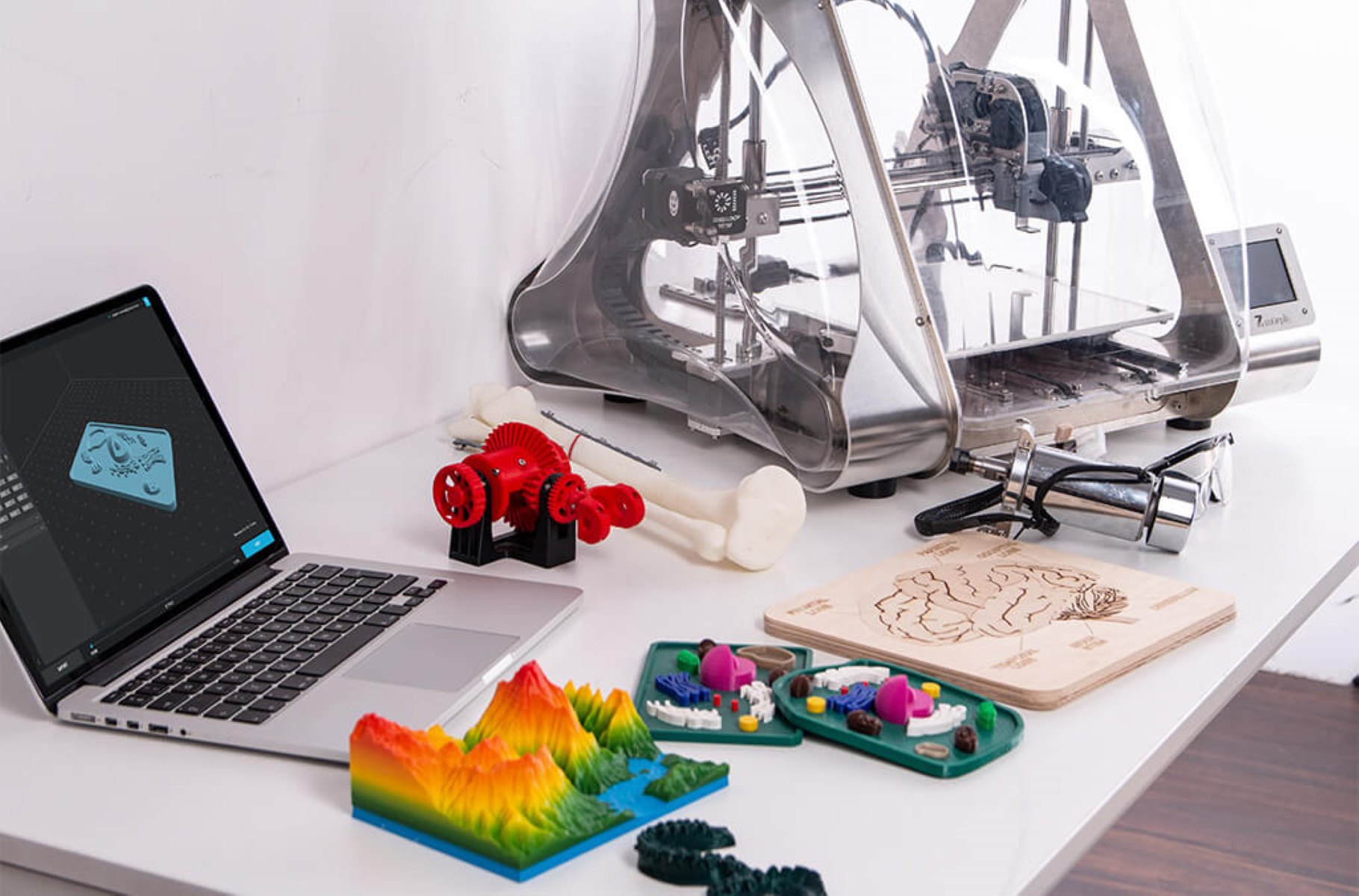

Smart Home Devices
What File Does 3D Printer Use
Published: January 8, 2024
Discover the file types compatible with 3D printers and optimize your smart home devices for seamless printing. Explore the best file formats for 3D printing.
(Many of the links in this article redirect to a specific reviewed product. Your purchase of these products through affiliate links helps to generate commission for Storables.com, at no extra cost. Learn more)
Introduction
Welcome to the fascinating world of 3D printing! This innovative technology has revolutionized manufacturing, design, and prototyping, allowing individuals and businesses to create three-dimensional objects with precision and efficiency. One of the critical aspects of 3D printing is the file format used to store the digital design. In this article, we will explore the various file types utilized in 3D printing, common file formats, and essential factors to consider when selecting a file for 3D printing. Whether you are a novice enthusiast or a seasoned professional, understanding the intricacies of 3D printing files is essential for achieving optimal results and unleashing your creativity.
Key Takeaways:
- Choosing the right file format is crucial for 3D printing success. Consider compatibility, accuracy, and design complexity to bring your creations to life with precision and efficiency.
- Understanding file types and formats empowers you to unleash creativity in 3D printing. Select the right file for seamless integration and let your imagination soar in the world of digital fabrication.
Read more: How To Make A 3D Printer File
Types of 3D Printing Files
When delving into the realm of 3D printing, it’s crucial to comprehend the different types of files that are integral to the process. These files serve as the blueprints for the 3D printer, providing the necessary instructions for creating a physical object. The primary types of 3D printing files include:
- 3D Models: These files contain detailed information about the geometry, texture, and color of the object to be printed. They are commonly created using computer-aided design (CAD) software and are saved in various file formats, such as .STL, .OBJ, or .3MF.
- Slicing Files: Slicing files, also known as toolpath files, are generated by slicing software, which divides the 3D model into thin horizontal layers. These files provide the precise instructions for the 3D printer’s extruder, guiding its movements to build the object layer by layer.
Understanding the distinction between these file types is crucial for effectively preparing a 3D model for printing and ensuring the accuracy and quality of the final product. With this knowledge, designers and enthusiasts can optimize their workflow and harness the full potential of 3D printing technology.
Common File Formats Used in 3D Printing
Several file formats are commonly used in 3D printing, each offering unique features and compatibility with different software and hardware. Familiarizing yourself with these formats is essential for seamless integration into the 3D printing workflow. Some of the most prevalent file formats include:
- .STL (Stereolithography): This widely used file format represents 3D models as a collection of interconnected triangles, defining the object’s surface geometry. While it does not contain color or texture information, .STL files are compatible with most slicing software and 3D printers, making them a popular choice for 3D printing applications.
- .OBJ (Object): .OBJ files store 3D model data, including geometry, texture, and material information. They are versatile and widely supported by 3D modeling software, making them a preferred format for sharing and collaborating on 3D designs.
- .3MF (3D Manufacturing Format): Developed by the 3MF Consortium, this modern file format encompasses a wide range of data, including geometry, materials, colors, and more. It is designed to streamline 3D printing workflows and facilitate interoperability between software, hardware, and materials.
- .AMF (Additive Manufacturing File Format): This XML-based open standard file format is specifically tailored for additive manufacturing processes, offering advanced features such as color representation, lattices, and more complex geometry than traditional formats.
- .STEP (Standard for the Exchange of Product Data): While primarily used for CAD data exchange and collaboration, .STEP files can be utilized in 3D printing workflows to convey precise geometric and parametric information, making them valuable for intricate designs and engineering applications.
These file formats play a pivotal role in translating digital designs into physical objects, and their compatibility with various software and hardware systems is essential for a smooth and efficient 3D printing process.
Most 3D printers use STL (stereolithography) files for printing. These files contain the 3D model’s information and are created using 3D modeling software.
Factors to Consider When Choosing a File for 3D Printing
When preparing a digital design for 3D printing, several factors should be taken into account to ensure the successful translation of the virtual model into a physical object. Here are key considerations when choosing a file for 3D printing:
- File Compatibility: Ensure that the chosen file format is compatible with your 3D printing software and hardware. Some printers and slicing software may have specific requirements regarding file types and features.
- Geometric Accuracy: The file should accurately represent the intended geometry of the object, including precise dimensions, shapes, and intricate details. A file format that preserves geometric integrity is crucial for achieving high-quality prints.
- Color and Texture Requirements: If the 3D model incorporates color or texture information, select a file format that supports these attributes to accurately convey the visual aspects of the design.
- File Size and Complexity: Consider the size and complexity of the 3D model and choose a file format that efficiently encapsulates the necessary data while minimizing file size and preserving performance during printing.
- Support for Advanced Features: Depending on the design requirements, such as lattice structures, multi-material compositions, or specific manufacturing parameters, opt for a file format that accommodates these advanced features.
- Interoperability and Collaboration: If the design will be shared or modified across different software platforms or with collaborators, select a file format that ensures seamless interoperability and preserves the integrity of the design data.
By carefully evaluating these factors and selecting the most suitable file format, designers and 3D printing enthusiasts can optimize the printing process, enhance design fidelity, and achieve the desired characteristics of the final printed object.
Conclusion
As the 3D printing landscape continues to evolve, the significance of choosing the right file format for 3D printing cannot be overstated. Whether you are embarking on a personal project or engaging in professional endeavors, understanding the nuances of 3D printing files is essential for unlocking the full potential of this transformative technology.
By familiarizing yourself with the various file types, such as 3D models and slicing files, and the common file formats used in 3D printing, including .STL, .OBJ, .3MF, .AMF, and .STEP, you can effectively navigate the intricacies of digital design and fabrication. Moreover, considering factors such as file compatibility, geometric accuracy, color and texture requirements, file size and complexity, support for advanced features, and interoperability, empowers you to make informed decisions when preparing designs for 3D printing.
Ultimately, the careful selection of a file for 3D printing lays the foundation for translating digital concepts into tangible creations with precision and fidelity. As you venture into the realm of 3D printing, may your understanding of file formats serve as a catalyst for innovation, creativity, and seamless integration of digital designs into the physical world.
Embrace the possibilities that 3D printing affords, and let your imagination soar as you harness the power of digital fabrication to bring your ideas to life.
Frequently Asked Questions about What File Does 3D Printer Use
Was this page helpful?
At Storables.com, we guarantee accurate and reliable information. Our content, validated by Expert Board Contributors, is crafted following stringent Editorial Policies. We're committed to providing you with well-researched, expert-backed insights for all your informational needs.
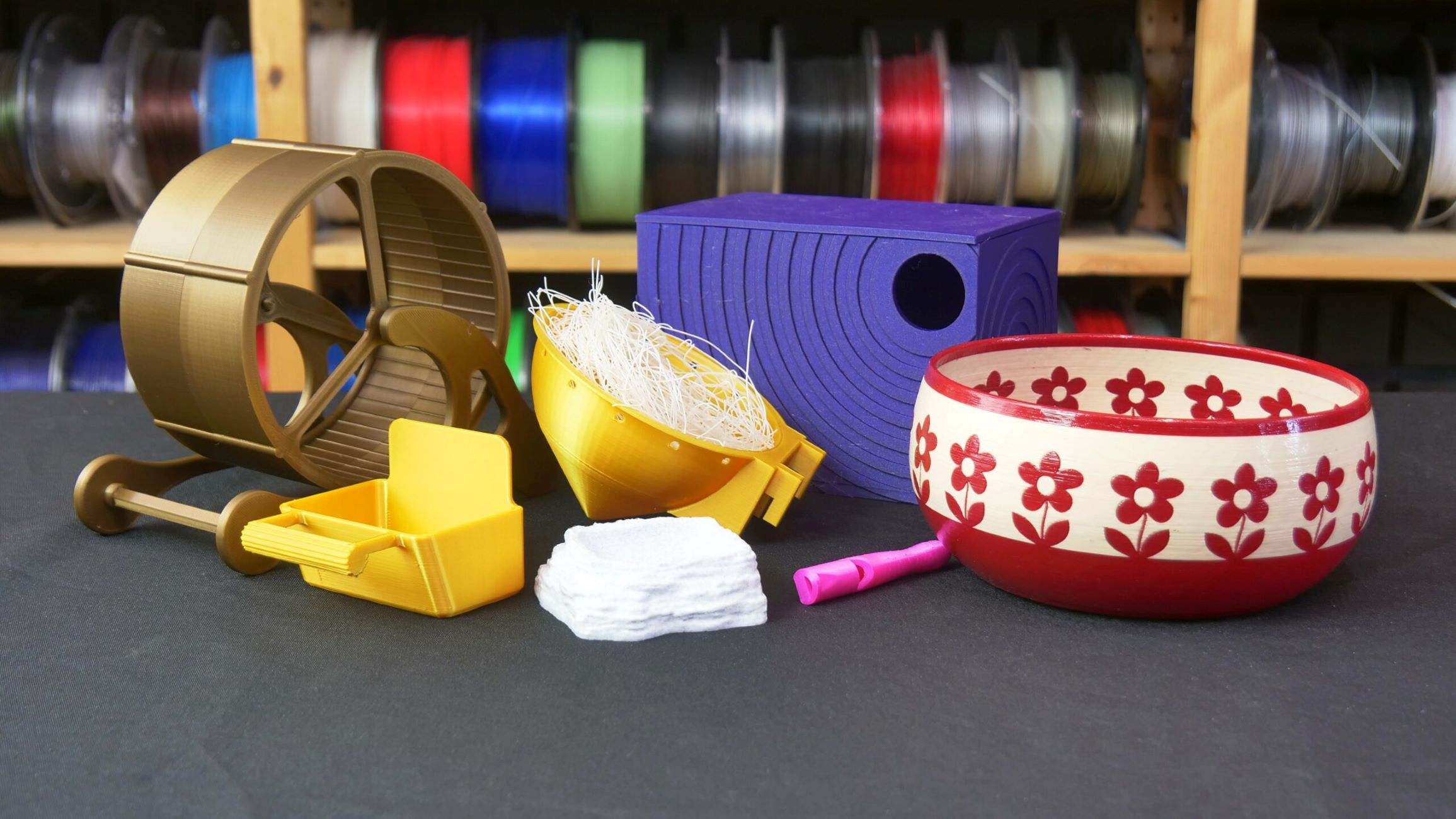
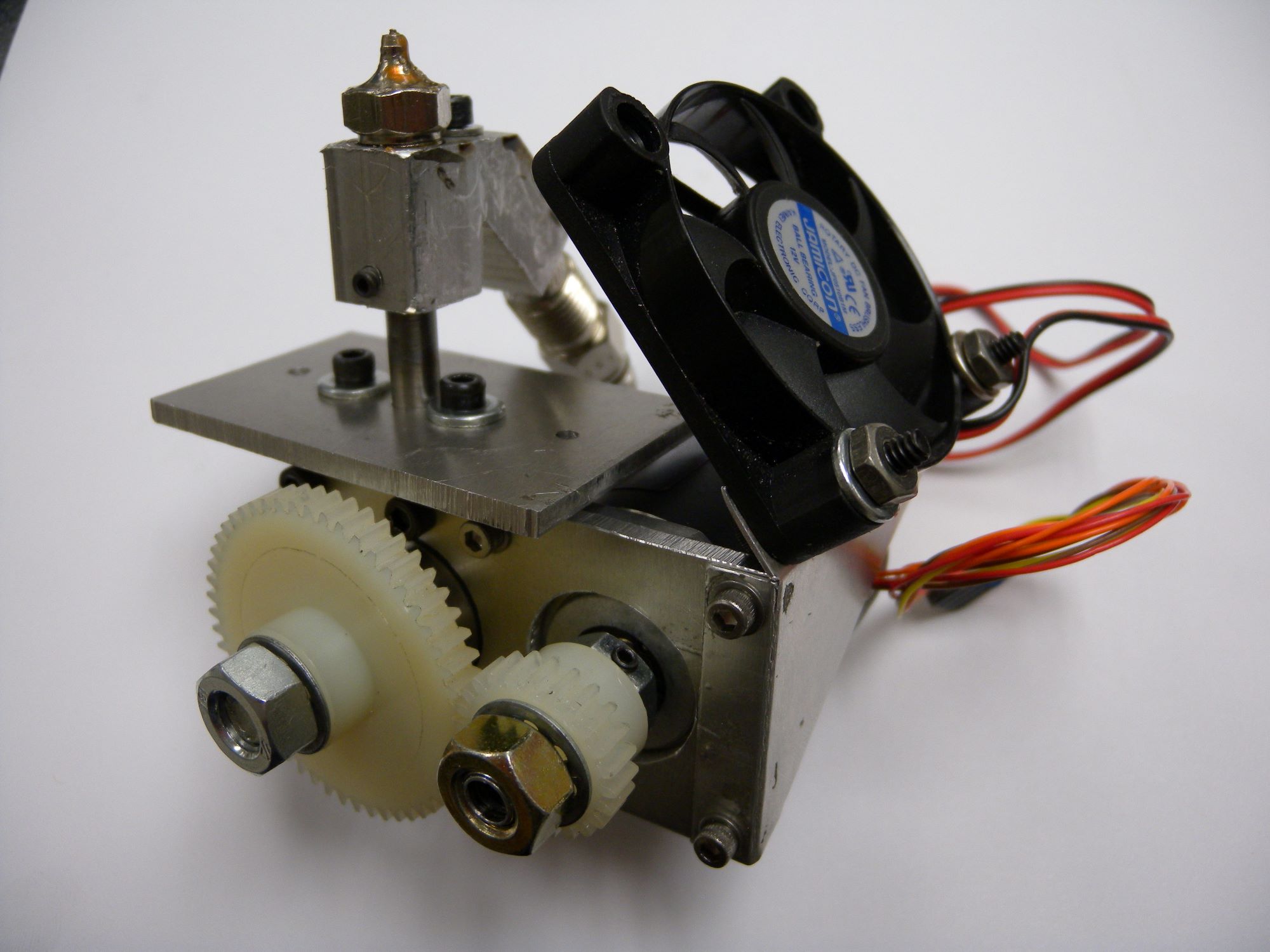
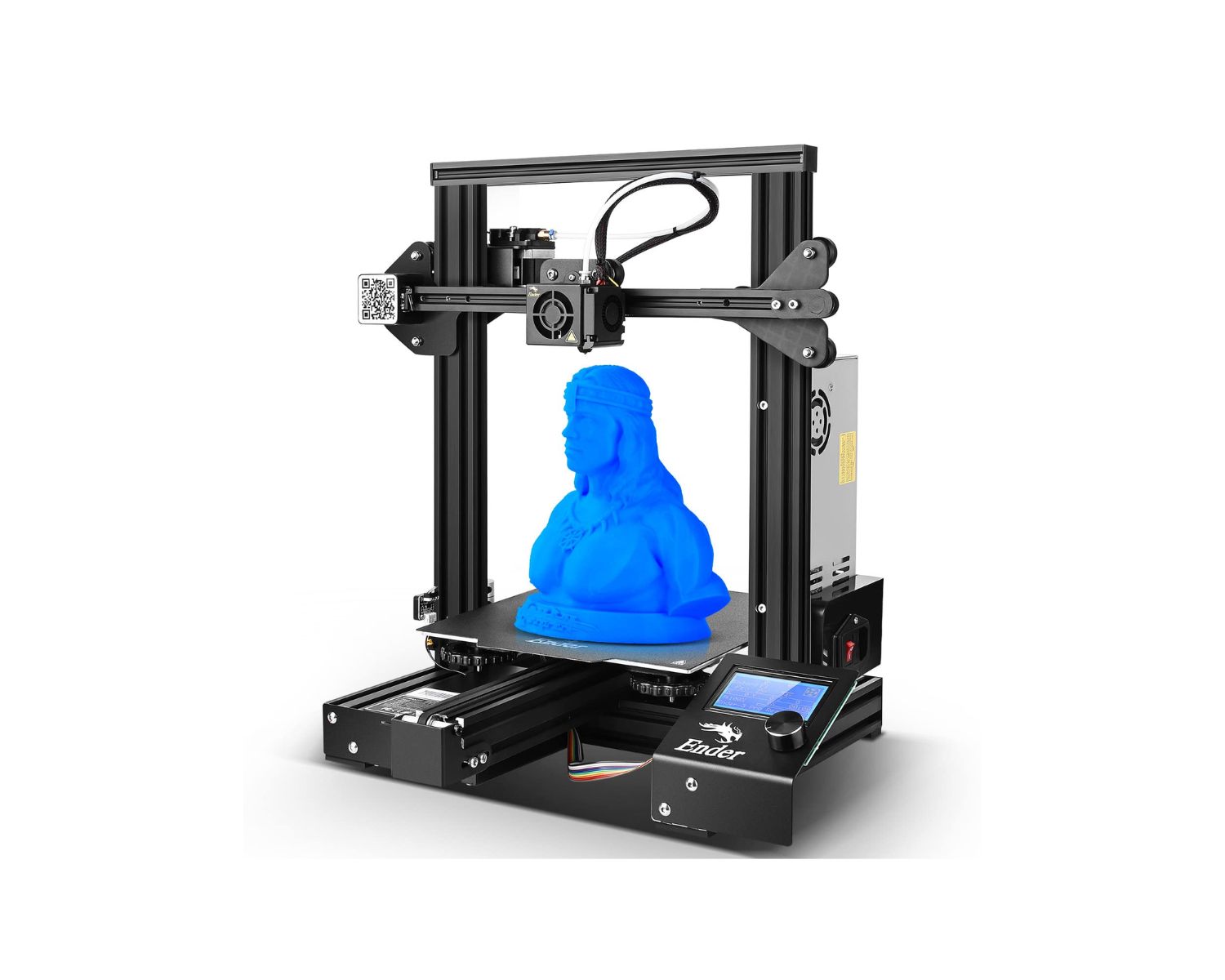
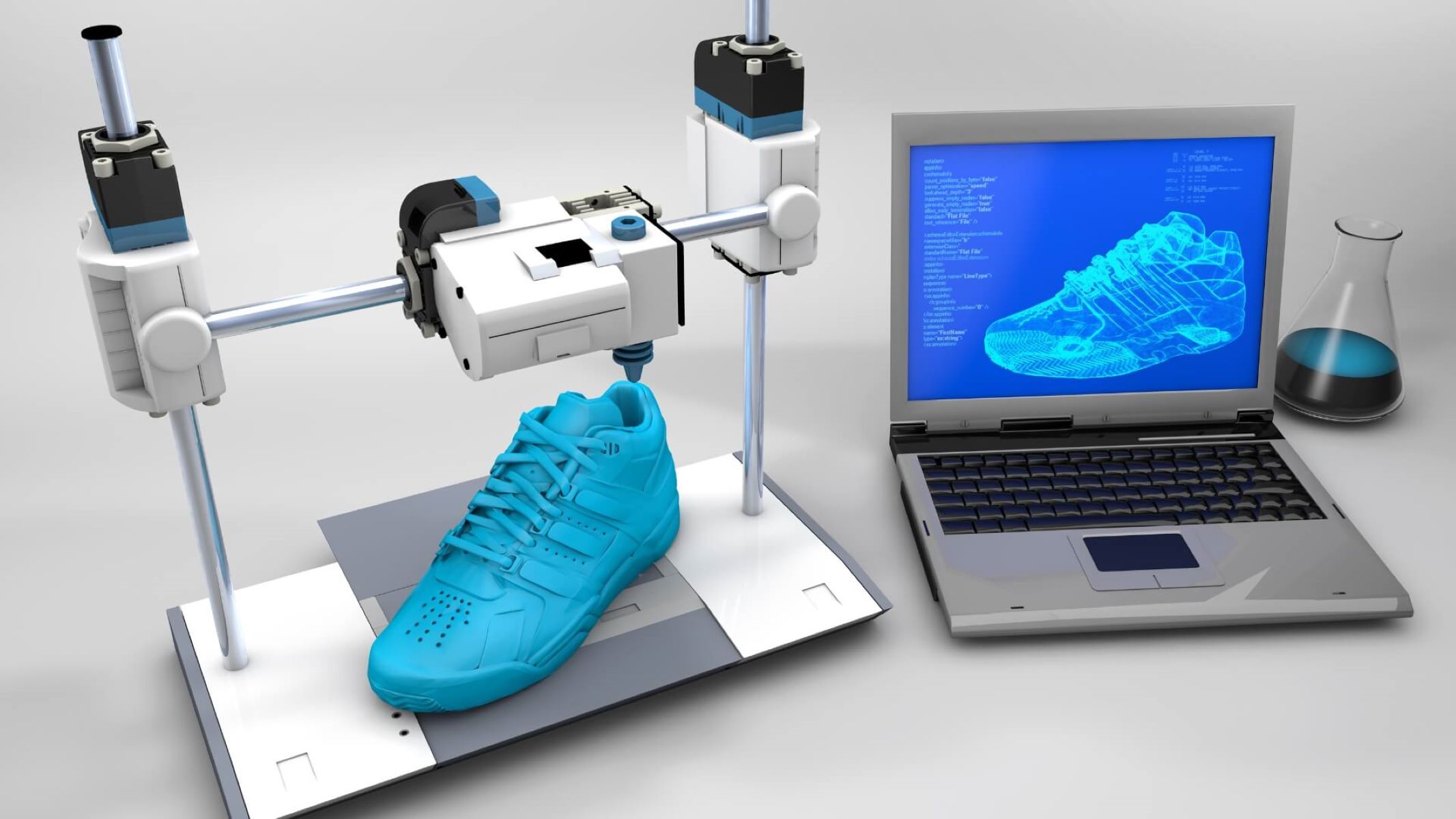
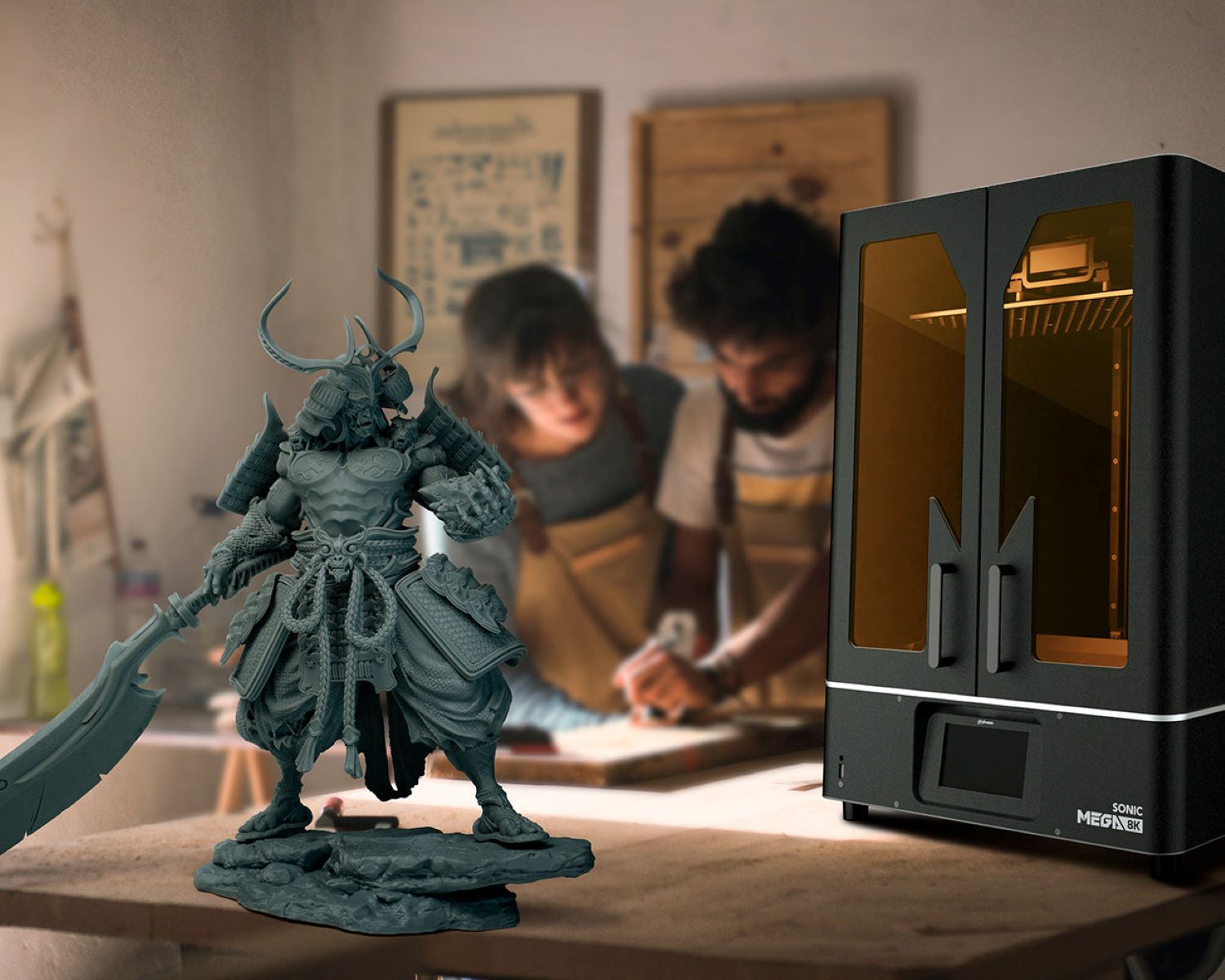
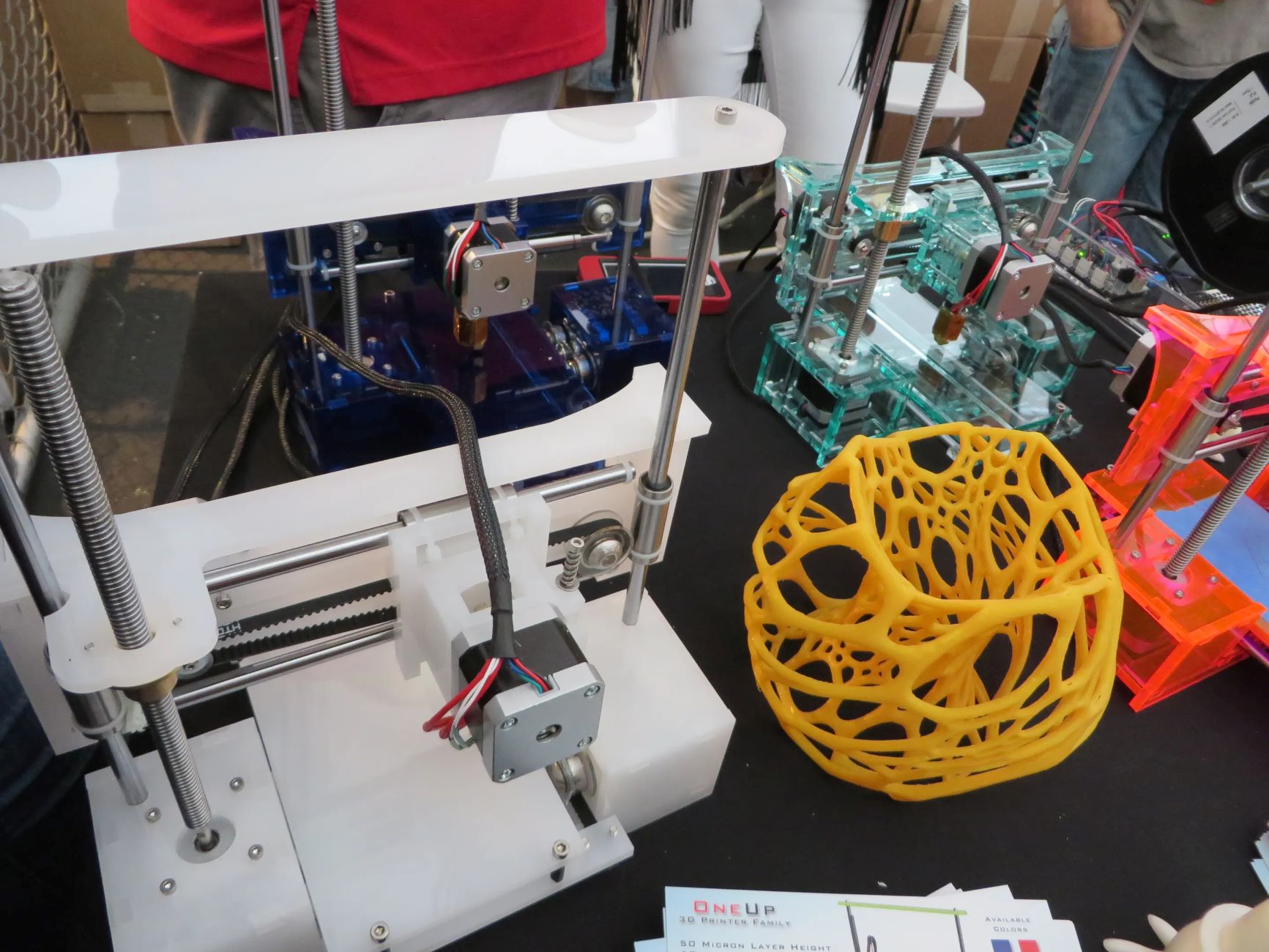
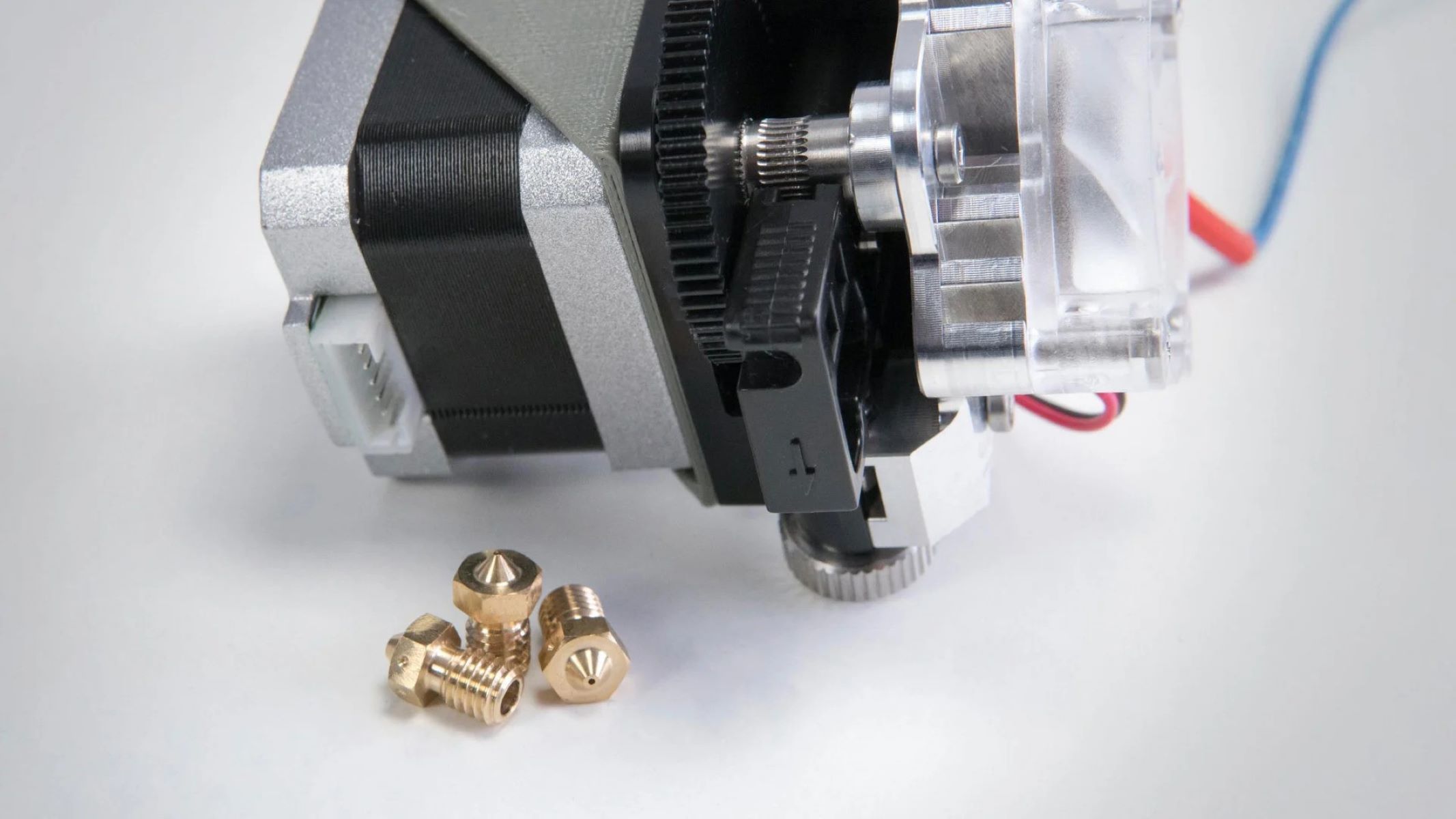
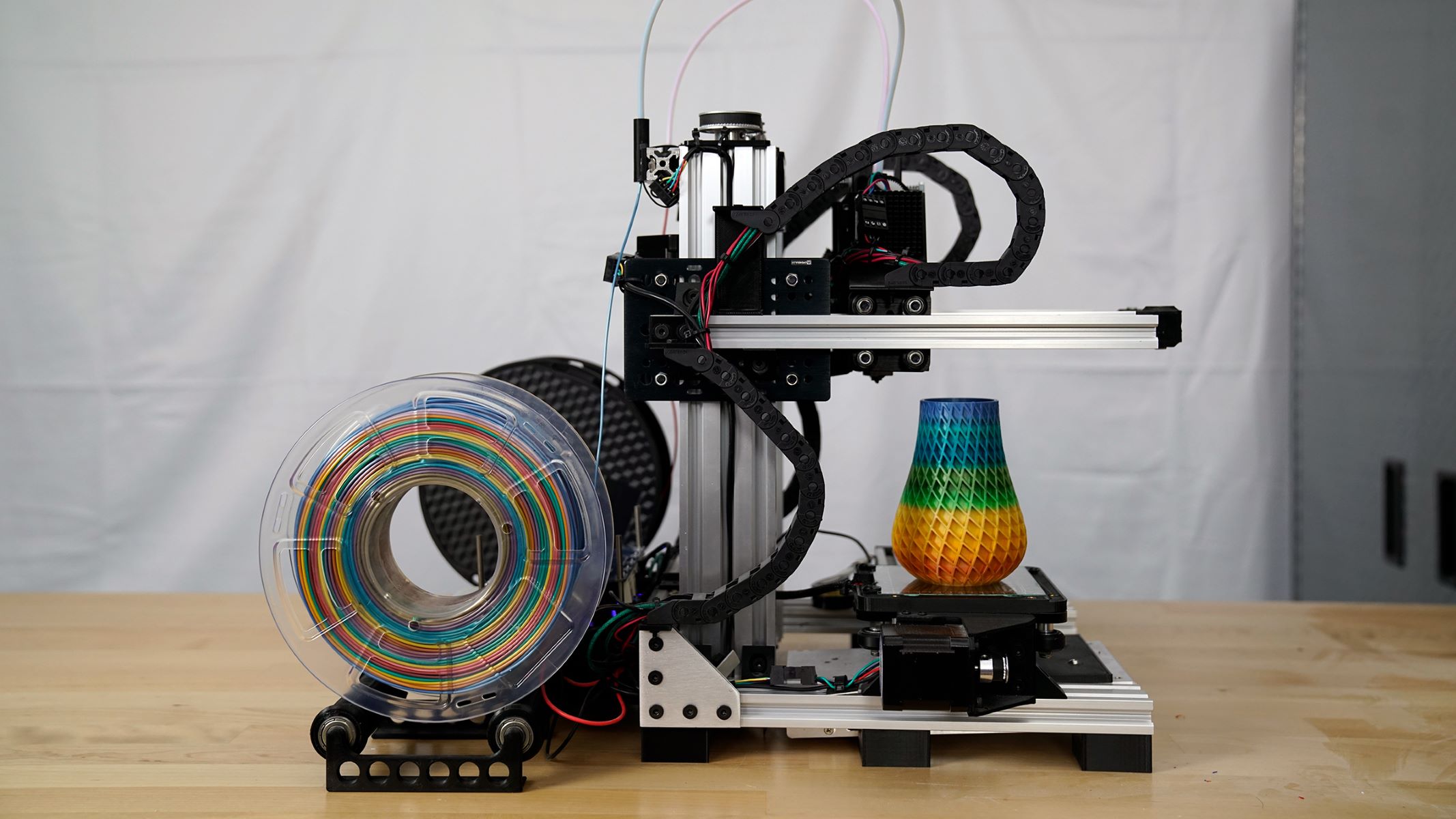


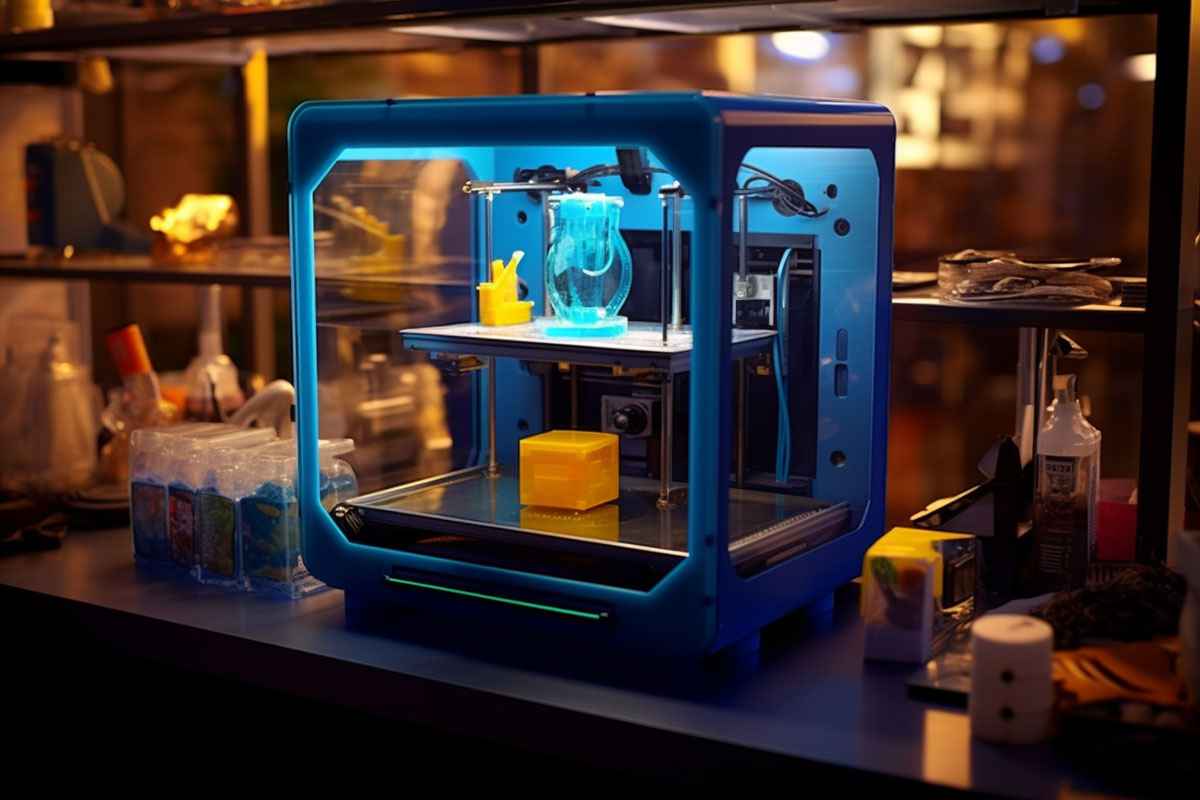
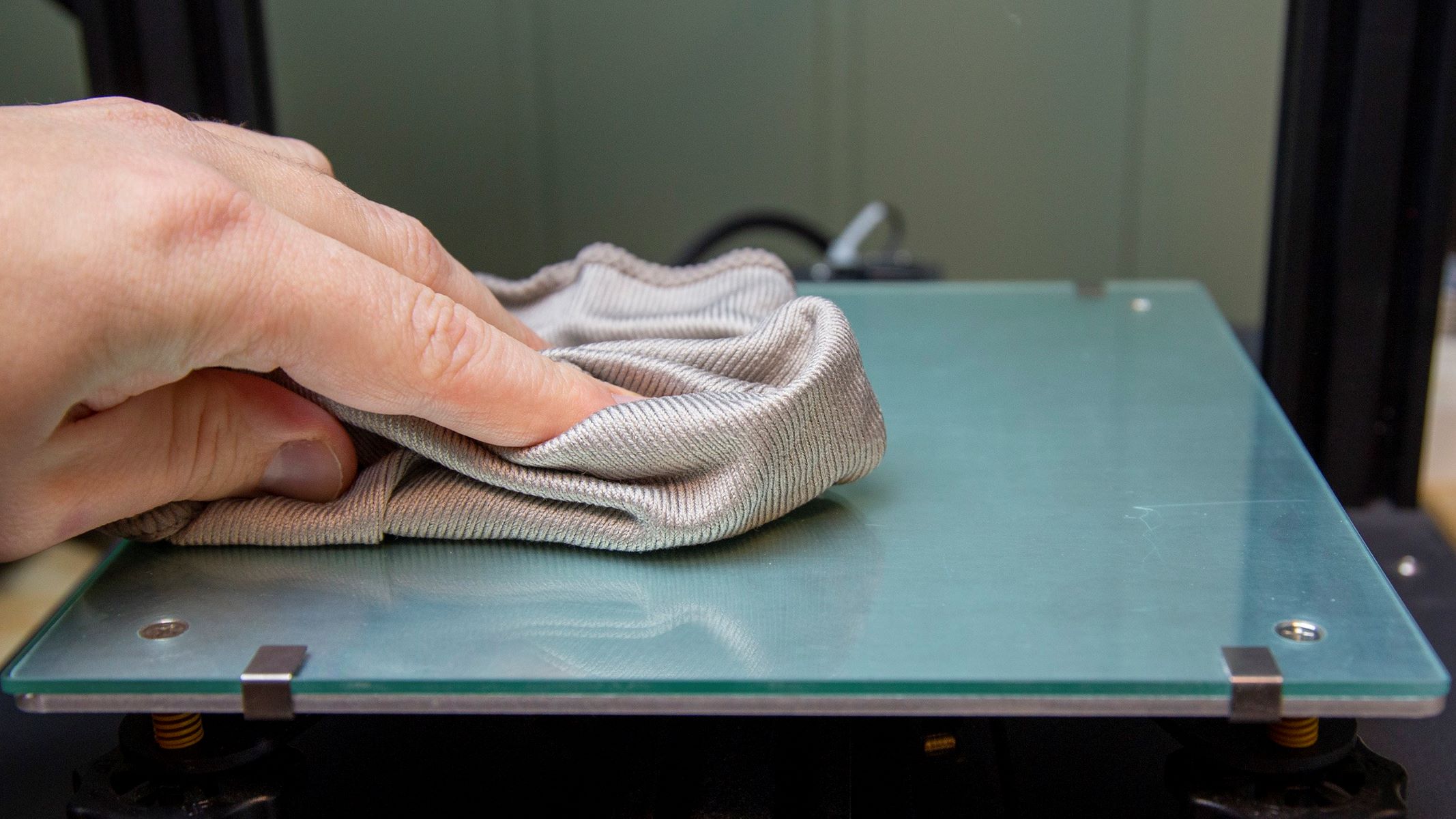
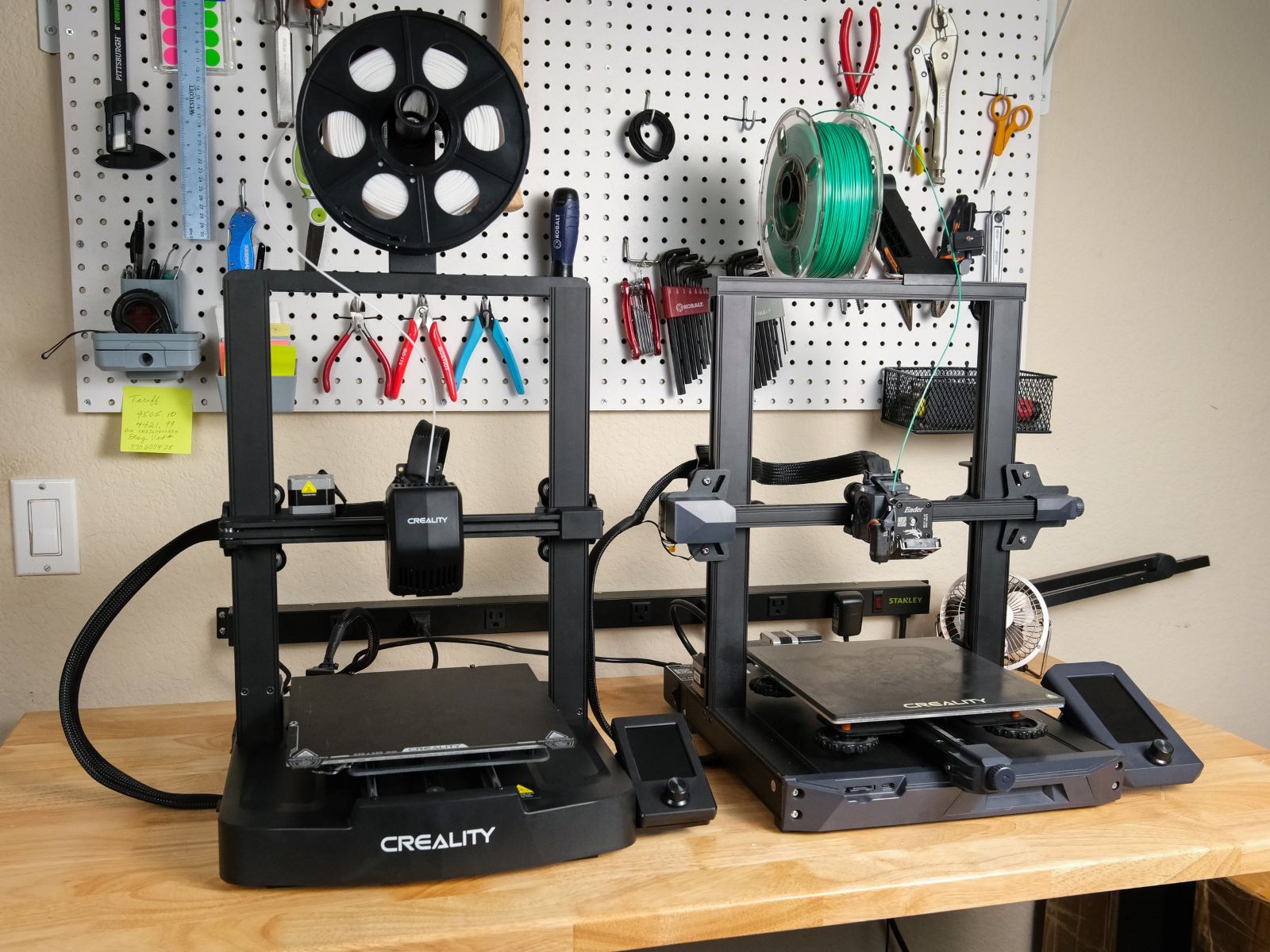
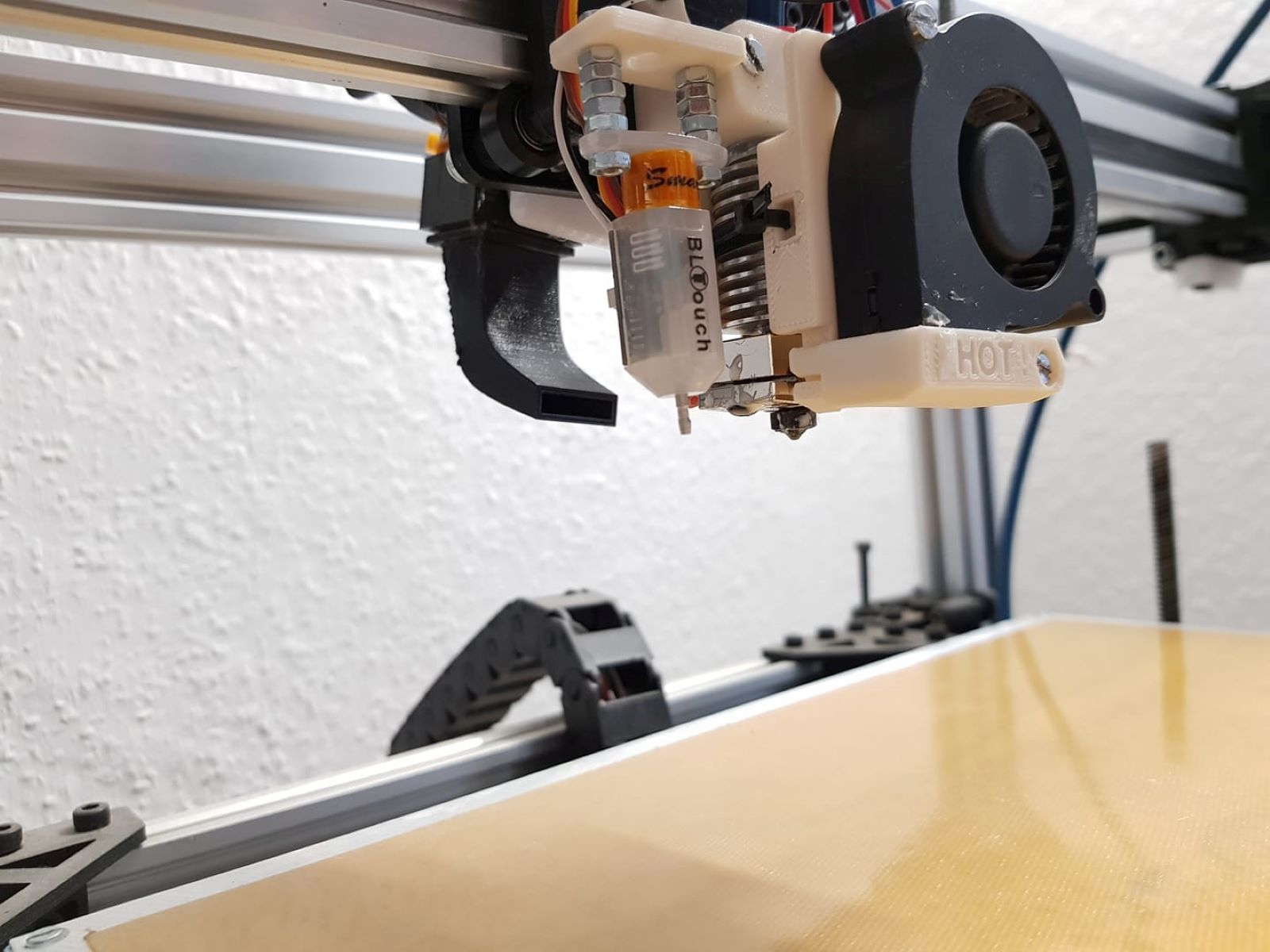
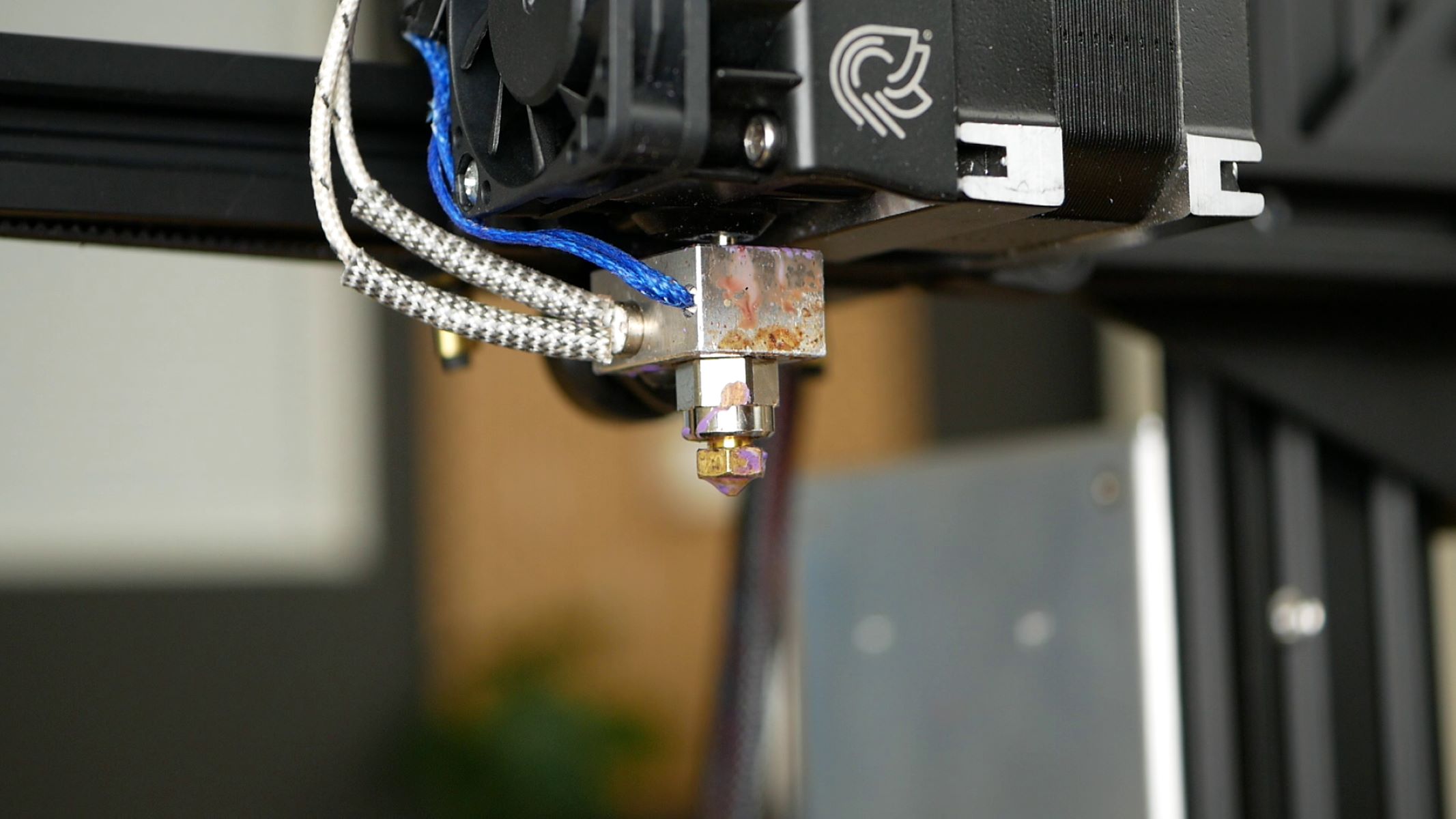

0 thoughts on “What File Does 3D Printer Use”